
Exclusive Interviews | Jan 05,2020
Last harvest season was abundant for Shiferaw Mamo, 47. A father of six, he and his family depend on a 2.5hct of land in Butajira, Gurage Zone, 140Km south of Addis Abeba.
He rented an extra hectare from his neighbours for 20,000 Br to expand his wheat and maize farming last year. Millions of farmers like Shiferaw put Ethiopia on the global map of a dozen countries that produce more than 10 million tonnes of wheat and maize . A savvy farmer, Shiferaw also used two quintals of NPS fertiliser and urea on the plots he farms. Last November, he reaped what he sowed. He harvested 33qtl of wheat and 42qtl of maize from each hectare, above the national average of around 30qtl.
He was delighted with the outcome, although things were about to turn for the worse.
In December, he cut short his plans to rent out the extra hectare, hearing that the rental fee had doubled to 40,000 Br. The news came as a blow to Shiferaw, who was determined to boost productivity on his 2.5hct land.
There was another unpleasant surprise awaiting him. Two weeks ago, he travelled to the fertiliser distribution centre 20Km away from his farm, where he had bought the NPS and urea last year. What he found there left him stunned. Prices for a quintal of fertiliser had nearly tripled since he bought it last.
"I wasn't prepared for this,” Shiferaw told Fortune.
He was not alone. The outlandish rise in fertiliser prices was also a shock to Ayachew Desalegn, 45. A farmer in North Gonder, he resides almost 800Km farther north of Shiferaw.
Ayachew, a father of three, farms maize and teff on a 1.5hct of land in Dera Wereda. NPS is his fertiliser of choice - he bought two quintals last Mehir season, spending 1,600 Br a quintal. It was worth it, as Ayachew harvested 38qtl from his plot, eight quintals more than the yield from the previous year but without fertilisers.
This time around, things do not add up.
“I can only buy half the fertiliser I bought last year,” he told Fortune.
Shiferaw and Ayachew are among the eight million smallholder farmers who use urea, NPS, and mixed fertiliser to boost productivity on 10.1 million hectares. Fertiliser imports have risen, reaching 1.8 million tonnes last year, from 440,000tn in 2008.
Yet, fertiliser use remains low. Only 40pc of smallholder farmers use the input.
The Ethiopian Agricultural Businesses Corporation, established seven years ago through the merger of five public enterprises, is the sole importer of fertilisers to the Ethiopian market. Officials say granting the Corporation a monopoly over the input is an economically sound decision, allowing it more bargaining power in negotiations as it imports vast quantities at a time. The logic of economy of scale applies here.
Under Kefle Woldemariam, the Corporation is tasked with importing fertilisers after forecasting demand for the year. Projected demand is reviewed, and what is in stock is considered before a joint team comprising representatives from the ministries of Agriculture and Finance and the National Bank of Ethiopia (NBE) nods approving the procurement from the international market.
Experts say the use of fertiliser is crucial in increasing the productivity of low-yield grains like teff. Most fertilisers used last harvest season (162,000tn) was applied to cereal crops, with teff accounting for more than a quarter.
The Corporation planned to spend 1.6 billion dollars buying 780,000tn of NPS and half a million tonnes of urea. Close to 430,000tn of NPS and a quarter of a million tonnes of urea had arrived at ports in Djibouti in January this year. Many of the 14,000 cooperative unions in the regional states are responsible for transporting the consignment to central warehouses dotted across the country. Primary cooperatives receive the fertiliser from unions; farmers like Shiferaw and Ayachew buy on cash and credit.
Close to 35pc of the 18 million small-scale farmers use input voucher sales (IVS) to buy fertiliser, improved seeds, and agrochemicals. It is a system introduced by the Agricultural Transformation Institute (then an Agency) in 2014. It assigns microfinance institutions to provide credit to farmers through vouchers. The farmers are granted up to a year to pay back the debts.
Last year, 1.2 million tonnes of fertilisers were sold through the voucher system. Neither Shiferaw nor Ayachew made use of it, however.
The lending interest rate of 15pc dissuaded Shiferaw from registering. Escalating fertiliser prices in the international market mean he is unlikely to join his peers in the voucher system soon.
Last year, fertiliser imports cost the national coffer 688 million dollars, accounting for nearly five percent of the country's total import bill. Most of the fertiliser was shipped in from the Morocco-based OCP Group. Morocco is home to the world's largest phosphate reserves (a component crucial for most commercial fertilisers). Smaller amounts were imported from Egypt, the United Arab Emirates (UAE) and Saudi Arabia.
OCP Group also supplied the 780,000 tonnes of NPS Ethiopia bought this year, while FertiGlobal sold half a million tonnes of urea.
Incorporated in 2003, FertiGlobal is the agricultural unit of Larderello Group, an Italian conglomerate and a main player in the international chemical industry. It terminated the contract after supplying half of the urea, due to the rising prices in the global market, according to Solomon Gebre, deputy CEO of the Corporation.
Initially, the company agreed to supply urea at 710 dollars a tonne. Prices have since surpassed the 1,000 dollar mark, pushing the company to halt the deal.
"The government is searching for an alternative to buying the remaining amount," said Solomon.
The price of NPS has also climbed from 280 dollars a tonne to 650 dollars this year. This has led the foreign currency expenditure on fertiliser to increase by 24pc annually over the past decade.
Fertiliser prices in the international market have been soaring since 2020, partly due to an increase in the cost of natural gas. Fossil fuel accounts for up to 80pc of variable costs in nitrogen fertiliser manufacturing. Last November, urea prices spiked to 900 dollars a tonne, up 30pc from the preceding month, according to IndexBox, a market research platform.
Global production of nitrogen fertilisers stands near 118 million tonnes, with four countries - China, the US, India, and Russia - accounting for 54pc.
The war in Ukraine has exacerbated the already climbing prices for the input. Urea prices jumped by more than a third the day after Russian forces crossed Ukraine's borders a month ago. Commodities like petroleum, wheat, edible oil, and nickel have also seen a sudden spike in prices. It is an added burden on the federal government, which heavily subsidises fertiliser - to the tune of 4.3 billion Br last year.
Shipping costs have also increased dramatically. Last year, it cost 31.3 dollars to transport a tonne of fertiliser to Ethiopia. It jumped to 80 dollars this year.
Solomon blames a compounded rise in prices for the increased distribution fees to 4,500 Br, jumping by 300 Br. The Corporation has the mandate to set prices following approval from the Agriculture Ministry.
Experts agree that the federal government can do virtually nothing to influence international prices. Neither are officials helpful in the face of imported inflation ravaging the domestic economy. However, they say subsidies are not viable solutions to tame inflation.
Assefa Admassie, an economics professor who once served as president of the Ethiopian Economics Association, argues boosting domestic productivity and intensifying import substitution efforts are helpful ways forward.
Last September, the federal government signed a joint development agreement with the OCP Group, a Moroccan state-owned phosphate manufacturer, to establish a fertiliser manufacturing plant in Dire Dawa. Once completed, officials claim the factory would produce up to 2.5 million tonnes of fertiliser annually. The project is estimated to cost 2.4 billion dollars.
Nonetheless, the plan is years away. Farmers are left with little choice but to cut back or drop the use of fertiliser owing to skyrocketing prices.
“Reducing import taxes on basic commodities might also help ease the burden on farmers," Assefa said.
Mezgebu Mekonnen, deputy manager of Damot Union, saw farmers' reluctance in buying fertilisers lately. Damot Union comprises 82 cooperatives in the Gojjam Zone of the Amhara Regional State, where 180,000 farmers are members. He observed the reluctance firsthand while supervising the fertiliser distribution to farmers around Fenote Selam, 390Km northwest of the capital. Few were willing to pay the 4,577 Br the Union asked for a quintal of NPS. It is 170pc higher than the going price last year. Yet, the Union's managers had placed orders for 800,000qtl of fertiliser this year, a third higher than their previous order. Damot has received 60,000qtl thus far.
Around 935,000qtl of fertiliser has arrived in the Amhara Regional State, according to Ajebe Sentayew, deputy head of the regional agriculture bureau. It is a little over a 10th of the 820,000 tonnes of estimated demand in the region. Last year, around two million farmers used chemical fertilisers in the region.
However, only 12,000qtl has been sold thus far, according to Ajebe. The 26 unions operating in the regional state buy a quintal of fertiliser for 4,700 Br and sell to farmers after adding a 50 Br service charge.
The story is not much different in the Oromia Regional State.
Demand there stands at 840,000tn for the harvest season. Officials say 65pc has already been distributed to unions. Still, less than 260,000qtl has reached the hands of farmers, according to Mesfin Regassa, director of agricultural inputs supply at the Oromia Cooperative Agency.
Last year, farmers in Oromia applied more than half a million tonnes of fertiliser.
Mesfin observed the depressed sales could be due to the rise in prices. Fertiliser in Oromia costs the same as in the Amhara region, though urea prices have yet to be determined.
The Federal Cooperative Agency distributes fertiliser through 31 unions. Among these is Jimma Union, comprising 163 cooperatives and 95,000 farmers in Jimma Zone. It received 200,000qtl to distribute to farmers. However, less than a quarter has been sold.
The fertiliser price goes up as distance from the central distribution centre increases, says Fira Raya, manager of Jimma Union.
Like the other unions, Jimma Union sells a quintal for over 4,500 Br, nearly three times what it charged last year.
The decline in the use of fertiliser has significant repercussions on agricultural productivity. The agricultural sector, which accounts for 35pc of gross domestic product (GDP) and is the primary source of income for nearly 80pc of the population, is characterised by poor productivity though it has exhibited growth over the past two decades.
Last Mehir season saw 34.2 million tonnes of crops harvested, a 68pc increase from a decade ago.
Lemma Dagabassa has lectured at Haromaya University's School of Plant Sciences for 10 years. He says the use of fertiliser is crucial in increasing the productivity of low-yield grains like teff.
Ayachew, who has been farming the staple for three decades, attests. Without the use of fertilisers, he would get the highest yield of nine quintals a hectare. He owes it to using fertilisers for 17qtl of teff yielded last year, near the national average of 18.8qtl.
According to a survey conducted by the Ethiopian Statistics Service, smallholder farmers also tend to apply more fertiliser when growing low-yield crops. Most fertilisers used last harvest season (162,000tns) was applied to cereal crops, with teff accounting for more than a quarter. Farmland covered by teff, maize and wheat (amounting to 6.3 million hectares) accounted for most fertiliser use.
Lemma warns that absurd prices will lower productivity but encourages farmers to opt for potentially more affordable organic fertilisers such as compost, manure, poultry droppings, and domestic sewage as suitable alternatives. However, the use of organic fertiliser remains scant. Farmers applied fertiliser to 11pc of the 20 million hectares cultivated last year.
Lemma says that effective microorganism (EM) fertilisers are the best option for farmers who have trouble preparing and applying natural fertilisers. It is a microbial inoculant comprising several useful microorganisms that can activate microbes in soil and water to boost fertility and overall productivity when used.
“With the appropriate technical assistance, this can be prepared and made ready for application in an average of 30 days,” says Lemma.
Drawing from experience, Shiferaw says it is expensive and laborious to use organic fertilisers.
"It can be more costly than chemical fertiliser," he said.
Though it is a viable alternative, farmers like Shiferaw and Ayachew cannot apply the advice as effective microorganism fertiliser is little known in Ethiopia. They have no options but to buy and use the chemical fertilisers in the amounts they can afford or forego fertilisers entirely.
PUBLISHED ON
Mar 19,2022 [ VOL
22 , NO
1142]

Exclusive Interviews | Jan 05,2020
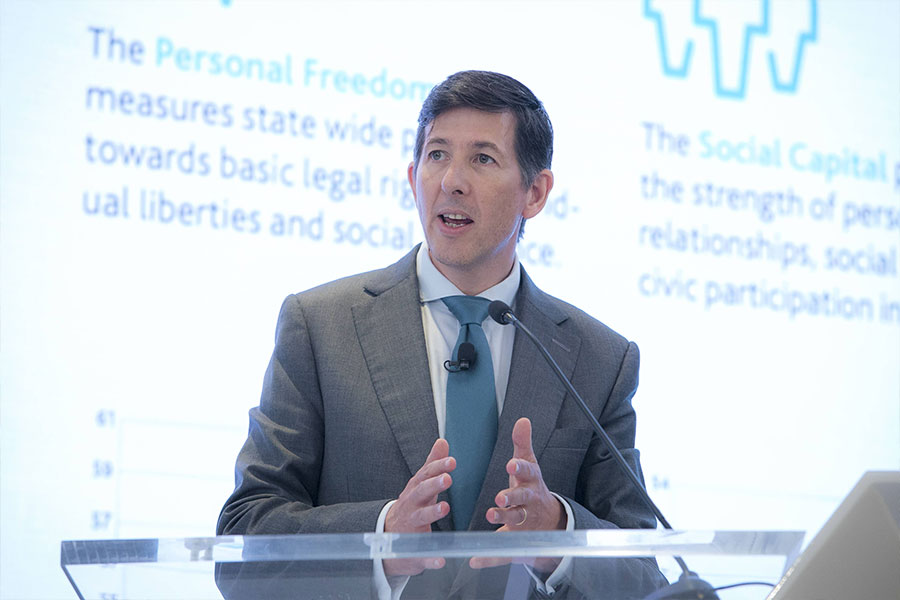
Exclusive Interviews | Oct 09,2021
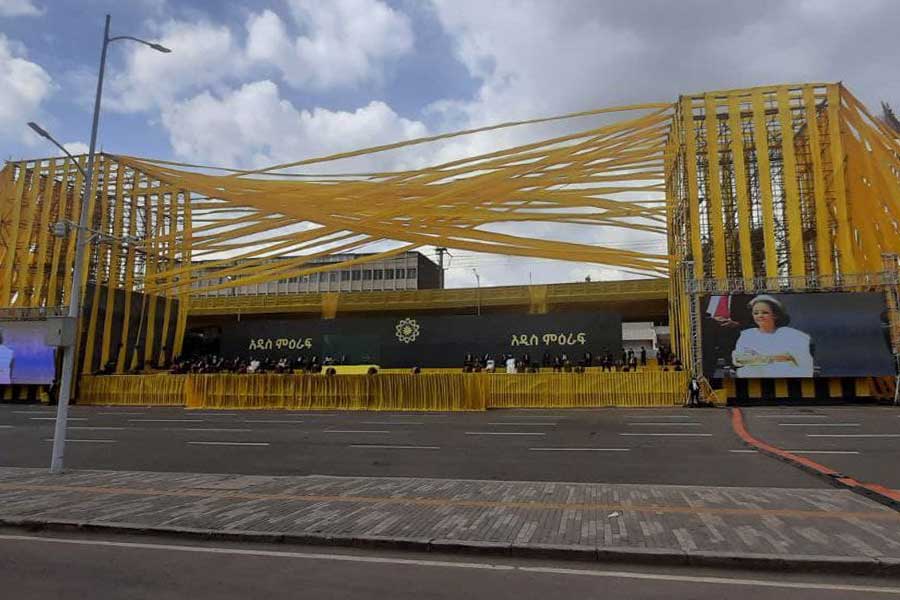
Fortune News | Oct 04,2021


Fortune News | Jul 11,2021
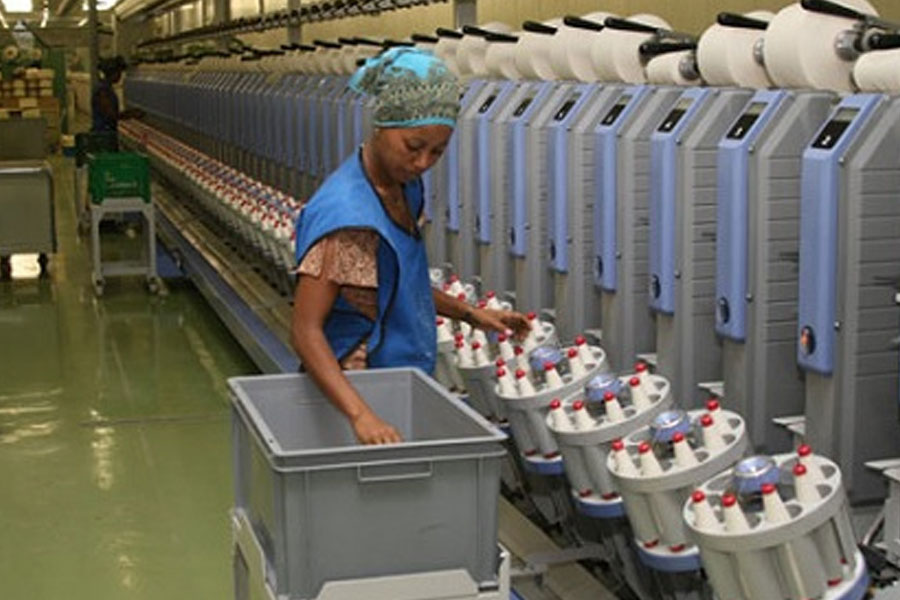
Delicate Number | Jan 01,2022
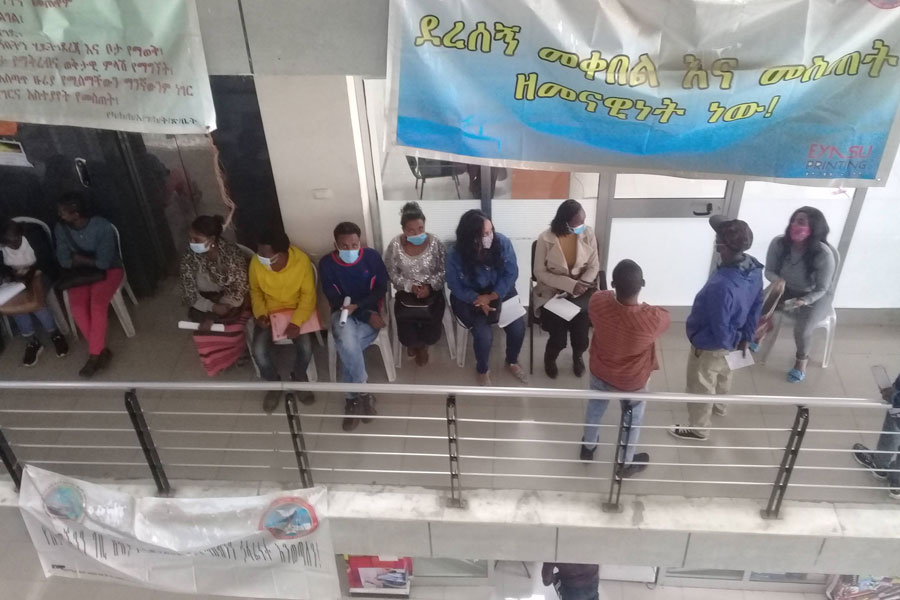
Agenda | Jul 03,2021

Films Review | Nov 02,2019

Fortune News | Jan 22,2022
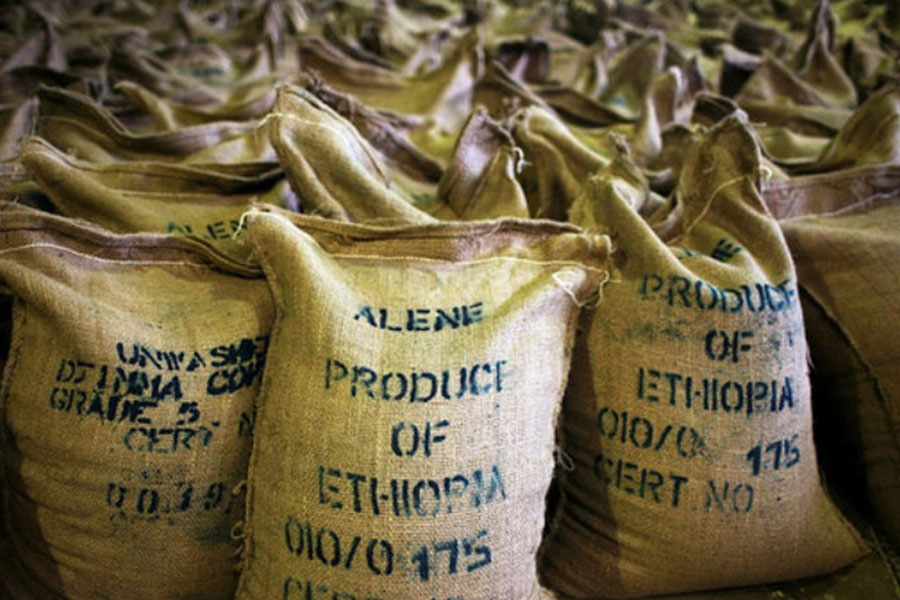
Fortune News | Dec 19,2021

Dec 22 , 2024 . By TIZITA SHEWAFERAW
Charged with transforming colossal state-owned enterprises into modern and competitiv...

Aug 18 , 2024 . By AKSAH ITALO
Although predictable Yonas Zerihun's job in the ride-hailing service is not immune to...

Jul 28 , 2024 . By TIZITA SHEWAFERAW
Unhabitual, perhaps too many, Samuel Gebreyohannes, 38, used to occasionally enjoy a couple of beers at breakfast. However, he recently swit...

Jul 13 , 2024 . By AKSAH ITALO
Investors who rely on tractors, trucks, and field vehicles for commuting, transporting commodities, and f...

Oct 18 , 2025
The political establishment, notably the ruling party and its top brass, has become p...

Oct 11 , 2025
Ladislas Farago, a roving Associated Press (AP) correspondent, arrived in Ethiopia in...

Oct 4 , 2025
Eyob Tekalegn (PhD) had been in the Governor's chair for only weeks when, on Septembe...

Sep 27 , 2025
Four years into an experiment with “shock therapy” in education, the national moo...